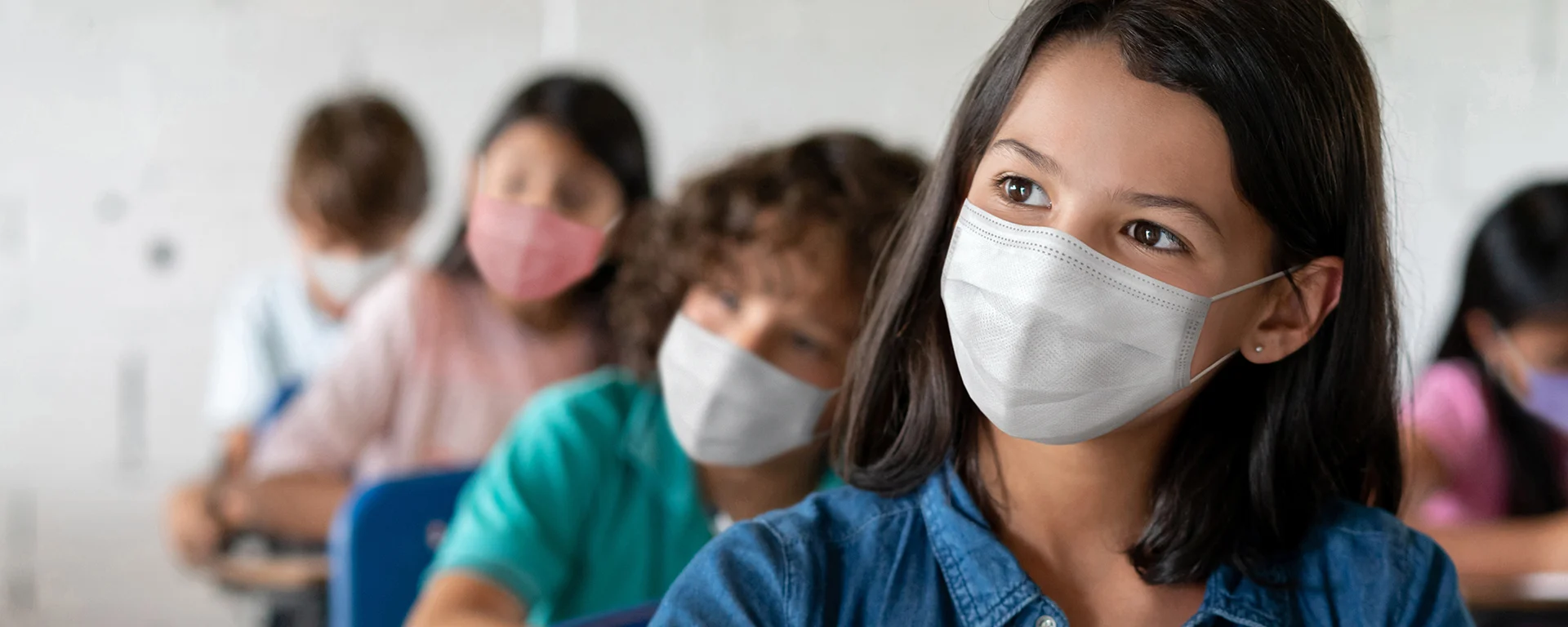Reading Roundup: Respiratory Virus Season
Here are our picks for the articles and status updates that will keep you informed this fall and winter.
When I get a scratchy throat or the sniffles in the spring or summer, my first guess is allergies. But at this time of year, I’m afraid those symptoms mean something worse, like COVID or the flu. Yes, respiratory virus season is upon us again — that magical time of year when we all head indoors to stay warm — and we exchange gifts, and sometimes viral infections, with our family and friends. I like to keep up on experts’ predictions for the season and how they’re playing out. Here are some of the articles I’ve enjoyed and status reports I’ll be following this winter.
The Centers for Disease Control and Prevention (CDC) has committed to posting weekly updates through the respiratory illness season. You can scroll down for previous posts to read predictions for the season and then follow along to see how close their estimates come to reality.
If you follow us, you know we’re pretty big fans of Your Local Epidemiologist (YLE) for the author’s clear and concise approach to sharing and explaining data. We’ll definitely be reading YLE’s monthly State of Affairs e-newsletters, beginning with this one, to track the virus season.
You don’t need a whole season of virus data to figure out what you need to do about vaccinations this season. For that, I recommend this infographic, also by YLE, that outlines vaccine options for COVID, flu, and RSV.
The American Lung Association’s target audience is primarily people who are at high risk for severe illness during respiratory illness season. But a lot of the information in this very brief article about tools and habits to keep us safe could be a helpful refresher for anyone.
The US is not the only place where virus season is striking. The World Health Organization’s European Region has assembled this well-organized, primer on COVID, flu and RSV and what we can expect this season. Most of the content is broadly applicable, but I read the last segment directed at European countries with interest too. I enjoy learning a bit about how different parts of the world address the same issues.
If you’ve heard enough about the big three (COVID, flu, RSV), this article from NPR reminds us that those aren’t the only viruses out there. There are many more, including rhinoviruses, non-COVID coronaviruses, parainfluenzas, and metapneumovirus.
Do you have a favorite source for virus season information I should add to my list? Let me know at info@whentotest.org or on social (Facebook | Instagram | X).






